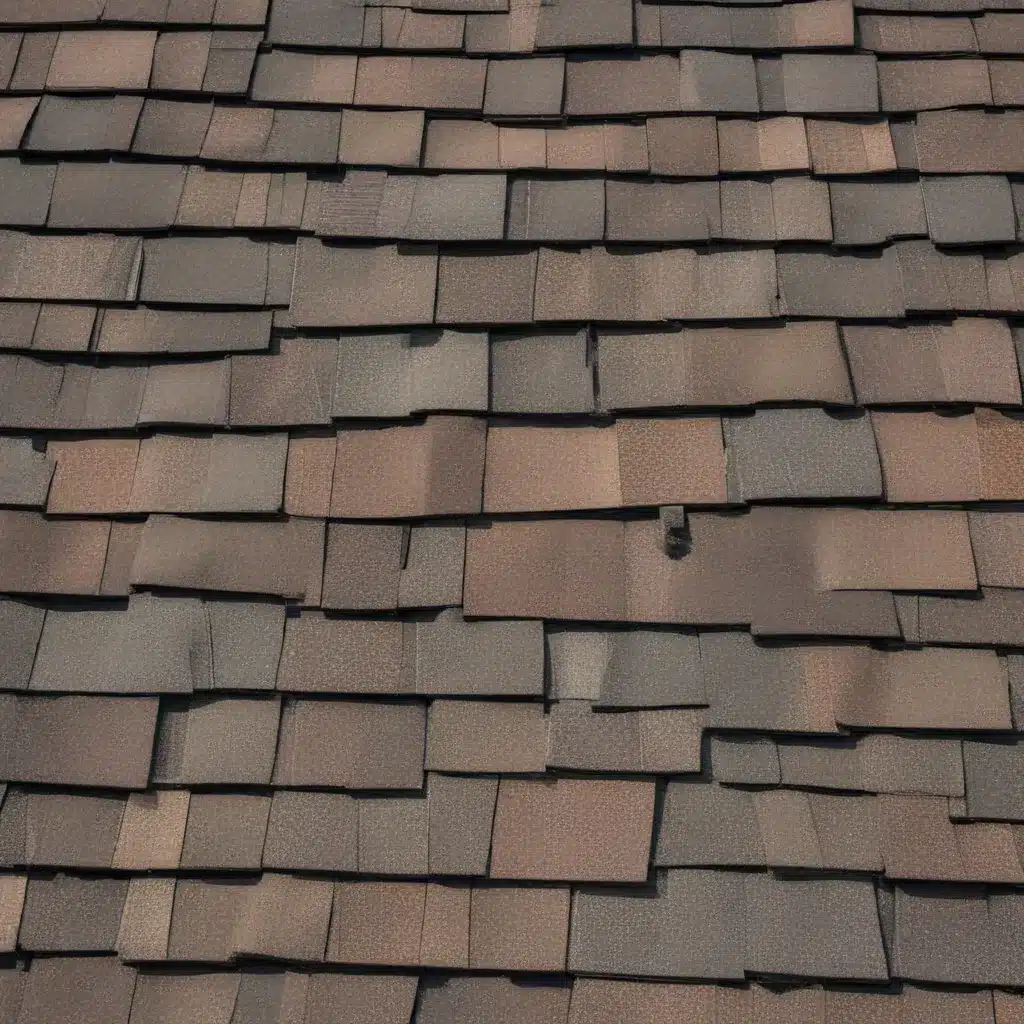
Preparing Your Roof for Winter’s Wrath
As the colder months approach, your roof faces its toughest test of the year. Snow, ice, and freezing temperatures can wreak havoc on an unprepared roof, leading to costly damage if proper maintenance is neglected. Taking the time to inspect and address potential issues before winter sets in ensures your roof can withstand harsh weather conditions, keeping your home warm, dry, and protected.
But where do you even begin? As a seasoned roofing professional, I’m here to guide you through a comprehensive roof maintenance checklist to help you identify and address any problems before they escalate. By following these practical steps, you can rest assured that your roof is ready to brave the elements and safeguard your home all season long.
Inspecting the Roof’s First Line of Defense: Shingles
The shingles on your roof serve as the first line of defense against the weather. Before winter arrives, it’s crucial to thoroughly inspect them for any signs of damage or wear. Look for loose, missing, or cracked shingles, as these weak spots can easily allow water, snow, and ice to penetrate and cause leaks or further deterioration.
Action Item: Carefully examine your roof’s shingles, repairing or replacing any that are damaged or compromised.
Clearing Clogged Gutters
Clogged gutters can lead to a host of problems during the winter months. When leaves, debris, or dirt accumulate in the gutters, they are unable to properly channel water away from your roof and home’s foundation. This can result in water backing up onto the roof, leading to leaks and the formation of ice dams.
Action Item: Clean your gutters to ensure they are free-flowing and able to direct water away from your home effectively.
Checking Roof Flashings
Roof flashing is the metal material installed around chimneys, skylights, and vents to create a watertight seal between the roof and the protrusion. If this flashing becomes damaged or deteriorates over time, water can easily seep into your home, causing costly leaks and water damage.
Action Item: Inspect all roof flashings, repairing or replacing any that are cracked, loose, or showing signs of wear.
Addressing Roof Valleys
Roof valleys, where two roof slopes meet, are particularly vulnerable to leaks. During the winter, snow and rain naturally accumulate in these areas, and if the valley is compromised, it can lead to water infiltration and damage inside your home.
Action Item: Carefully examine the roof valleys, ensuring they are in good condition and able to properly channel water flow.
Ensuring Proper Attic Ventilation
Adequate attic ventilation is crucial for preventing the formation of ice dams on your roof during the winter. Ice dams occur when heat from your attic melts snow on your roof, which then refreezes at the roof’s edges, causing water to back up under the shingles.
Action Item: Inspect your attic ventilation system, making any necessary repairs or upgrades to maintain proper airflow and prevent ice dam issues.
Trimming Overhanging Branches
Overhanging tree branches pose a significant risk to your roof, as they can scrape against the shingles, break off and fall during storms, or drop debris that clogs your gutters. Additionally, snow or ice accumulation on branches can cause them to snap and fall directly onto your roof.
Action Item: Trim any overhanging tree branches to create a safe clearance zone around your roof.
Servicing the Chimney
If your home has a chimney, it’s essential to ensure it’s in good condition before winter arrives. Cracked bricks, loose mortar, or damaged flashing can all lead to leaks or poor fireplace performance, potentially putting your home at risk.
Action Item: Hire a professional chimney sweep or inspector to thoroughly examine your chimney and make any necessary repairs.
Checking for Indoor Water Damage
Even if your roof appears to be in good condition from the outside, hidden leaks can cause significant damage to the interior of your home. Take the time to inspect your attic or ceiling for signs of water damage, such as water stains, mold, or peeling paint, before winter weather exacerbates any issues.
Action Item: Carefully inspect your home’s interior for any evidence of water intrusion, addressing any issues found before they worsen.
Consulting a Professional Roofer
While DIY roof inspections are essential, a professional roofer can often identify problems that may go unnoticed by the untrained eye. Roofing experts have the experience and expertise to spot subtle signs of wear and damage, and they can provide the necessary repairs or recommendations before winter arrives.
Action Item: Consider hiring a trusted roofing contractor to perform a comprehensive roof inspection and identify any issues that require attention.
Wrapping Up Your Roof Maintenance Checklist
Preparing your roof for winter isn’t just about avoiding leaks—it’s about protecting your home, saving on energy costs, and ensuring that your roof lasts for years to come. By following this comprehensive roof maintenance checklist, you can spot and fix potential issues before they become serious problems, keeping your home safe, warm, and secure all season long.
Remember, your roof is the shield that protects your most valuable asset—your home. By investing in regular maintenance and staying vigilant for potential problems, you can rest easy knowing that your roof is ready to brave whatever winter has in store.
For more information or to schedule a professional roof inspection, contact the experienced team at Roofers in Northampton. We’re here to help ensure your roof is in top shape and ready to withstand the elements.

